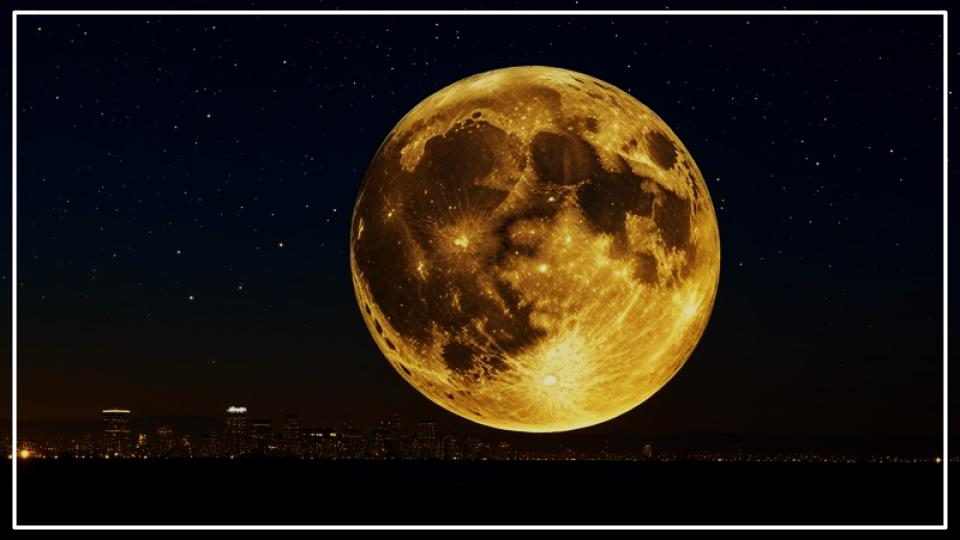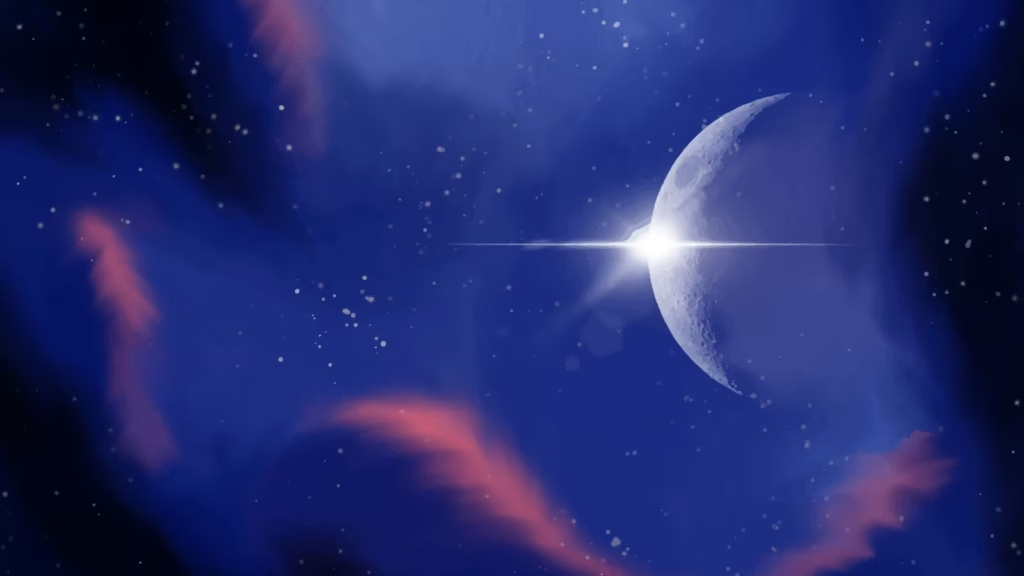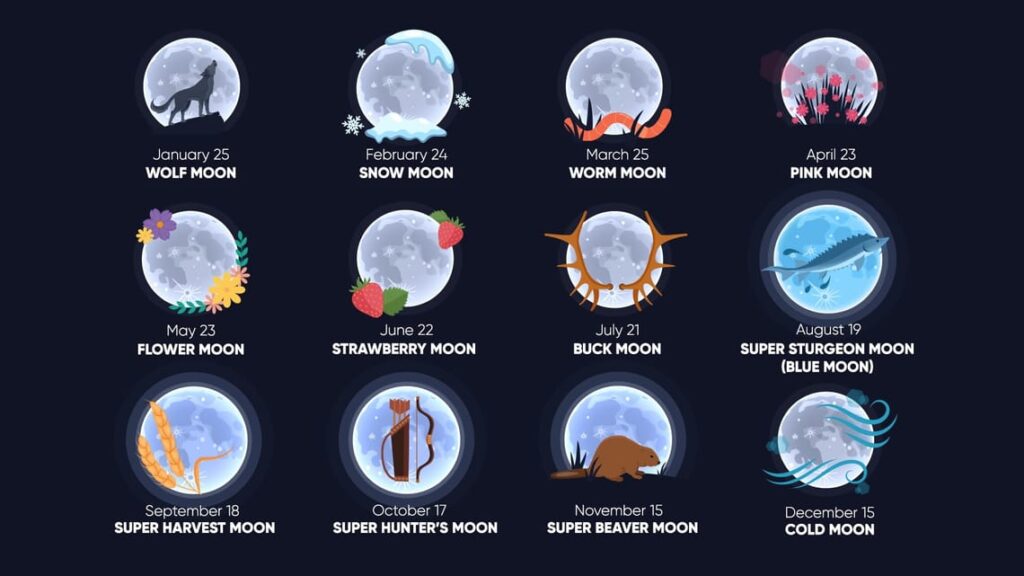Stargazers are in for a treat this month as July’s Full Buck Moon illuminates the night sky, accompanied by the distinct glows of Mars and Saturn. This celestial event, peaking on the evening of Thursday, July 10, 2025, will offer observers a unique opportunity to spot three of our solar system’s most captivating objects in a single night of viewing.

A Celestial Showcase
The upcoming full moon, known as the Buck Moon, will reach its peak illumination at approximately 4:37 p.m. Eastern Daylight Time (EDT) on July 10, according to astronomical sources including the Farmers’ Almanac. For observers in North America, this means the moon will be below the horizon at its technical peak. However, the best viewing will commence shortly after sunset, as a seemingly full moon rises in the southeastern sky, providing a spectacular sight throughout the night.
Joining the lunar feature will be two of the most observed planets in our solar system. “All month, reddish Mars is in the evening west, getting lower as the weeks pass,” notes The Planetary Society. On the night of the full moon, Mars will be visible for the first hour or two after darkness falls. In a different quadrant of the sky, “yellowish Saturn rises late in the evening in the east,” the organization adds, offering a separate celestial target for dedicated sky-watchers.
How to See the July’s Full Buck Moon and Planets
This celestial arrangement means the Moon, Mars, and Saturn will not appear tightly clustered together but will be spread across the night sky, allowing for a grander tour of the cosmos.
Viewing Schedule and Directions:
- Mars: The Red Planet will be the first to appear. Look towards the western sky as twilight fades, about an hour after sunset. Mars will be visible for a limited window before it sets, so early evening viewing is recommended.
- The Full Buck Moon: As Mars descends, the brilliant full moon will make its entrance. Observers should face the southeastern horizon around the time of local sunset to catch its rise. The moon will then traverse the sky throughout the night.
- Saturn: The ringed planet will be the last of the trio to arrive. According to Space.com, Saturn is expected to rise in the east around 11:51 p.m. in New York, with similar timings in other mid-northern latitudes. It will climb higher throughout the night, reaching its highest point before dawn.

Expert Viewing Advice
For the best experience, find a location away from the glare of city lights. “Choose a spot with a clear view of the southeast horizon,” advises the Times of India. Elevated locations are ideal. While all three objects are visible to the naked eye, using binoculars or a small telescope can dramatically enhance the view.
Binoculars will reveal some of the larger craters and dark maria (volcanic plains) on the Moon’s surface. A telescope, even a basic one, may allow you to glimpse the iconic rings of Saturn. However, due to the intense brightness of the full moon, Saturn might appear fainter than usual. “Saturn is relatively easy to spot because the region of sky it is in has few bright stars,” notes a report from Space.com, which can help in identifying it.
The Story Behind the Buck Moon
The name for July’s full moon is rooted in Native American and colonial traditions, which used lunar cycles to track the seasons. The Farmer’s Almanac, which began popularizing these names in the 1930s, explains that the “Buck Moon” is named for the time of year when male deer (bucks) are in “full antler-growth mode.”
New antlers, which are covered in a soft, fuzzy layer of velvet, grow rapidly during the summer. Other traditional names for the July full moon include the “Thunder Moon,” due to the frequent summer thunderstorms, and the “Salmon Moon” or “Berry Moon” in other cultural traditions, signifying the seasonal cycles of nature.
This celestial event is part of a busy month for skywatchers. According to Astronomy Magazine, July 2025 also features Mercury reaching its greatest eastern elongation on July 4, making the elusive planet easier to spot in the evening twilight early in the month.

While the full moon officially peaks at a precise moment, it will appear full to the casual observer for about three days, from the evening of July 9 to the morning of July 12. This extended period provides ample opportunity for everyone to step outside and witness this beautiful midsummer celestial display. As NASA often reminds skywatchers, these events are a chance to connect with the rhythms of our solar system.
Astronomers Announce Discovery of New Dwarf Planet in Extreme Orbit Beyond Pluto
